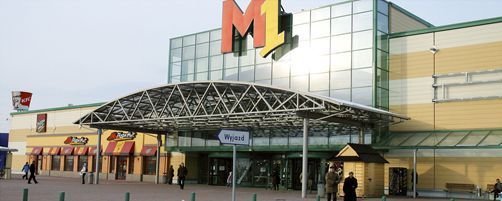In early May, a consortium led and managed by Aareal Bank refinanced a loan of EUR 650 mln to Apollo Rida, AREA Property Partners and Axa Group for a portfolio of Metro-affiliate anchored retail properties in Poland. Aareal contributed EUR 250 mln to the club deal, which also involved Helaba and Deutsche Pfandbriefbank (Pbb), who each provided EUR 100 mln, as well as Hypothekenbank Frankfurt, Bank Zachodni WBK and Bank Pekao. News of other refinancing deals has also been slowly, but pleasantly, dripping into our collective consciousness of late. In April Pbb agreed extensions to its EUR 125 mln loan to the Central European Fund managed by Pramerica Real Estate Investors, refinancing three properties across the region: the Trinity Park and A7 Arena office complexes (respectively in Warsaw and Prague) and a retail portfolio in Slovenia. Slovakian developer HB Reavis has recently been another regular beneficiary of refinancing largesse from the banks. This year it has received EUR 64.5 ml































































